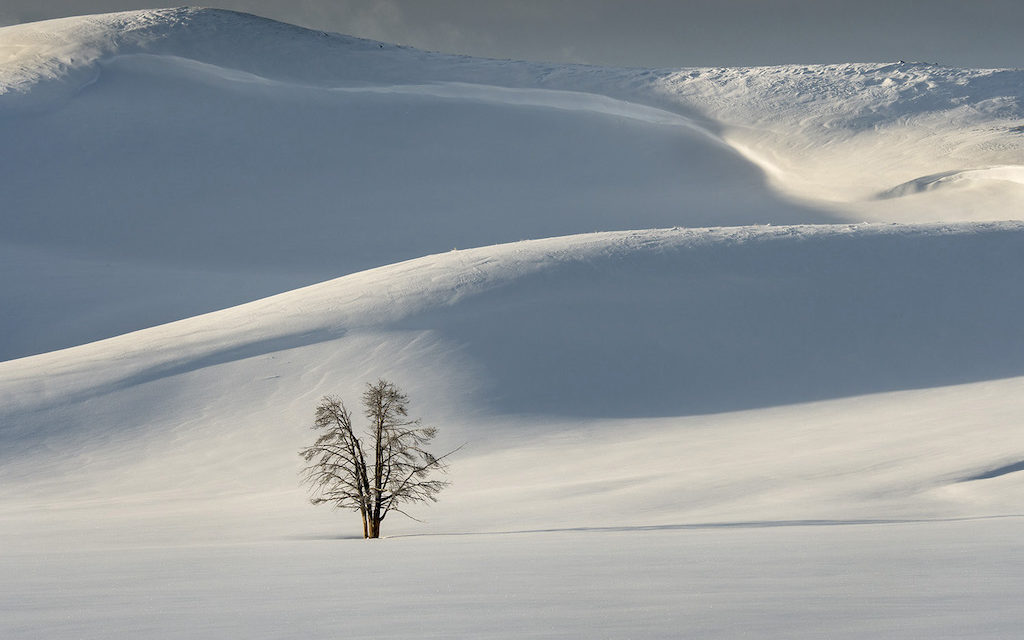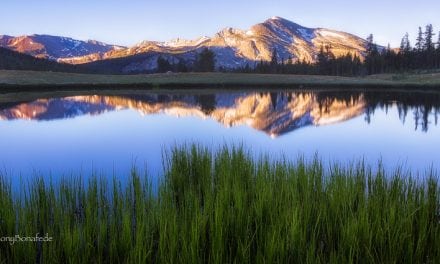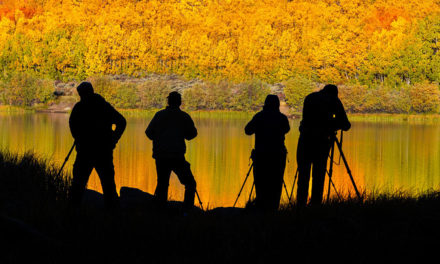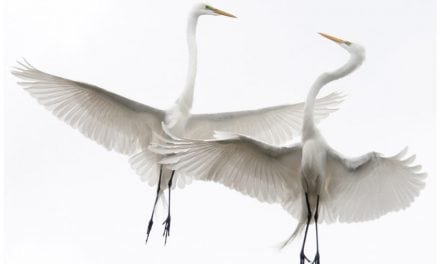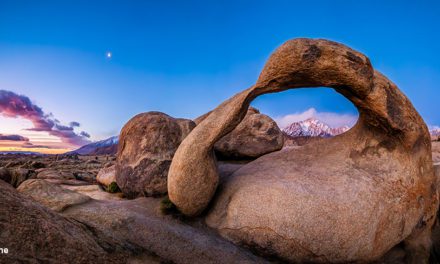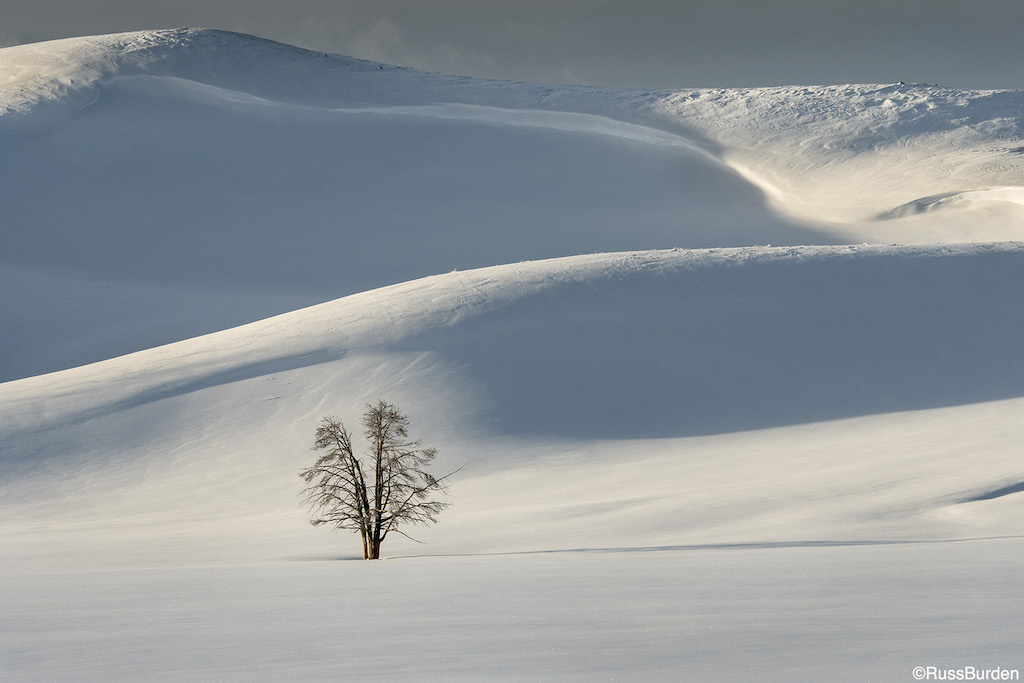
A shadow is a darkened area created when a solid object blocks the primary source of light. The stronger the light, the deeper the shadow. On a clear sunny day, shadows are prominent. The more diffused the source, the softer they become. Any shape can create a shadow. The more lines, contours, form and curves the object possesses, the more intricate the shadow. Square or rectangular shapes with basic geometric shape often create shadows that display little intrigue. Shadow me on the path of this week’s tip so you can learn more about them, how to successfully incorporate a shadow in your photography and how one can be a subject unto itself.
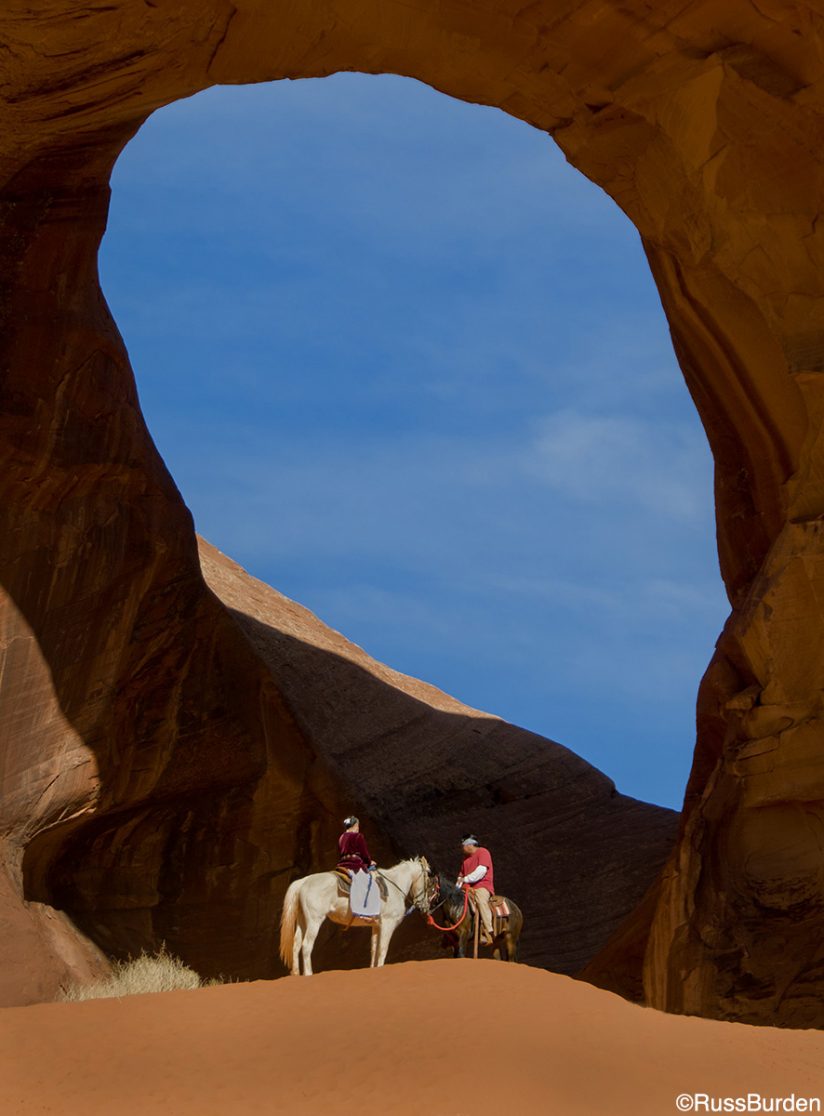
Shadows Direct The Viewer’s Attention
Use shadows as leading lines or strong foregrounds that invite those who look at your images into them. The stronger their shape and contrast, the more they become a focal point. Depending on the composition, consider incorporating the object that creates the shadow into the image. It can be the primary or secondary element. Be sure both the shadow and its object work well with the main subject.
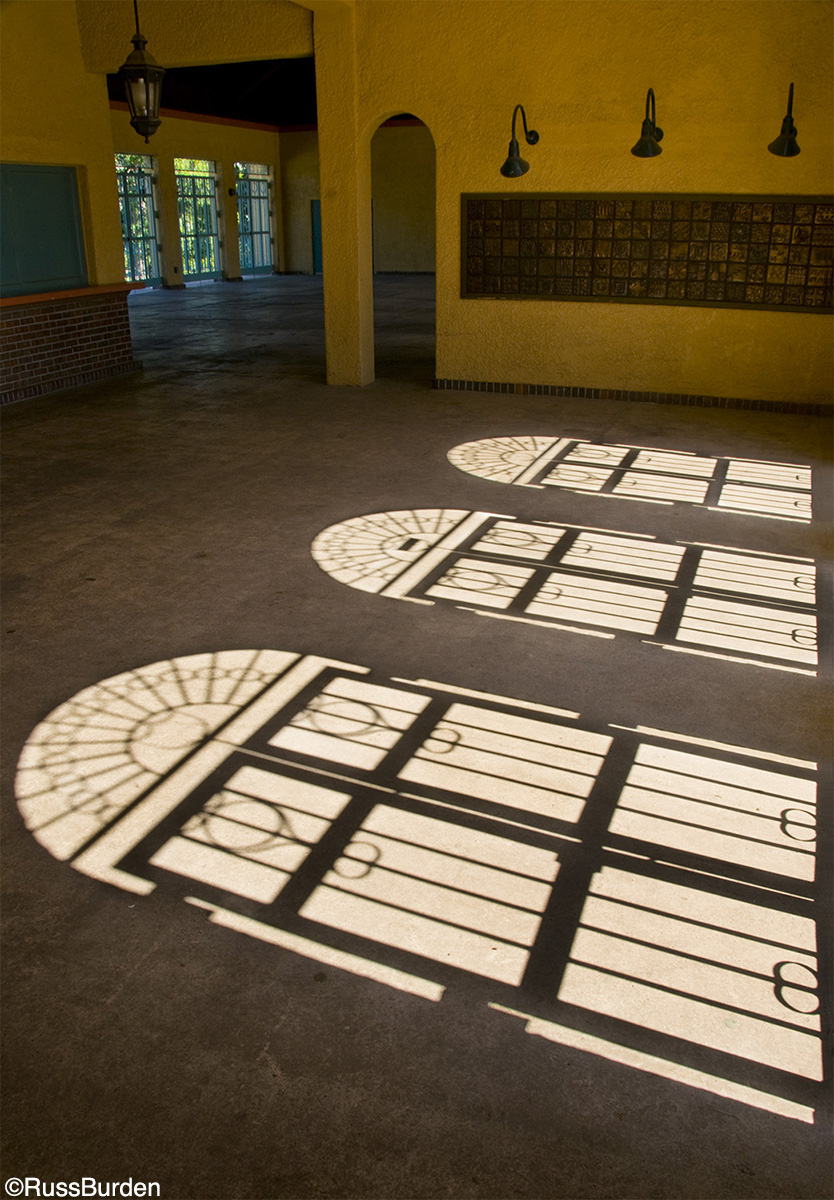
Let The Shadow Be The Subject
Add mystery to your photographs. Eliminate all parts of the item that create the shadow so the shadow itself tells the story. If possible, add more to the composition from surrounding areas that provide hints and/or suggestions as to its origin. It’s not necessary to include the original object if the shadow it forms is clearly defined. Items with pronounced detail work well for this technique as it provides more delineation. The photo of the arched windows is a good example showing how this technique is accomplished.
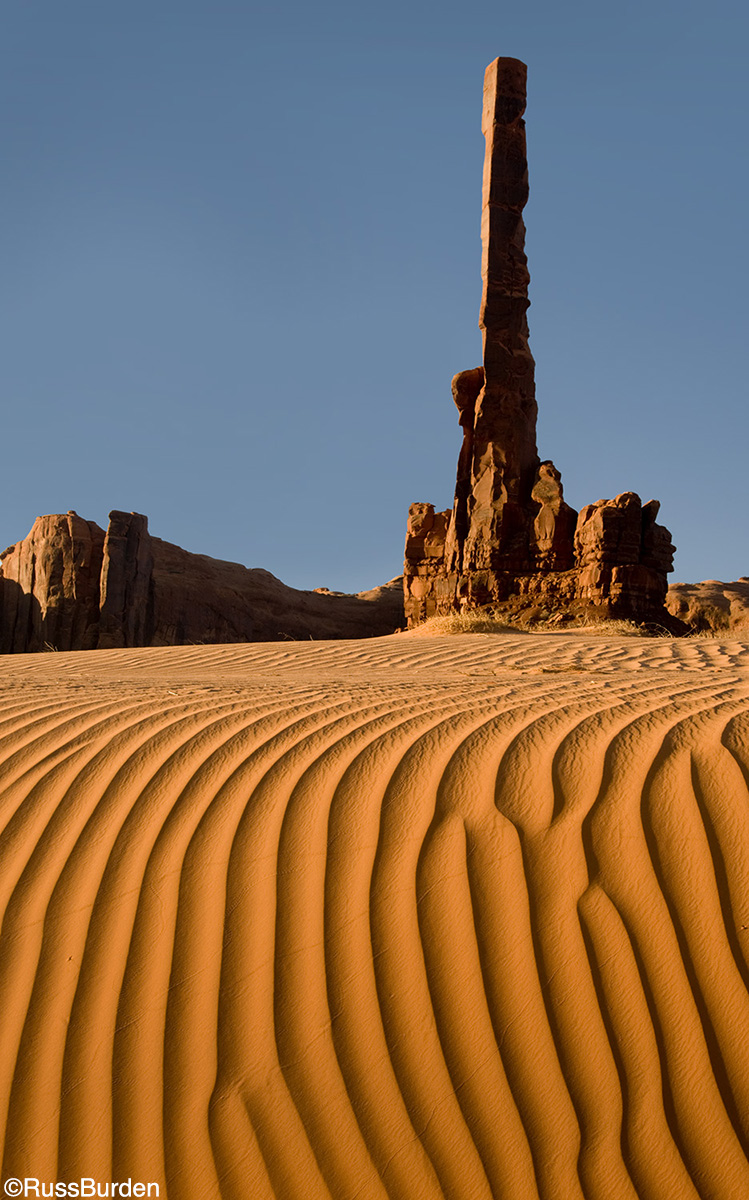
Shadows And Scenics
Shadows are longer, richer and more effective when the sun is low on the horizon. This occurs at sunrise and sunset. Low light works to your advantage as scenics are best made early and late in the day when the light is warm and has more drama. In the image of the Totem with foreground sand dune ripples made in Monument Valley, the sun was low. As a result, the ripples on the dunes and the strong sidelight on the Totem show pronounced highlights and shadows. The effect the low light created can’t be replicated mid-day. The only reason the ripples are so obvious is because of the shadows. If you want to present texture in your scenics, get out early and stay out late to capture low light that emphasizes shadow and highlight detail.
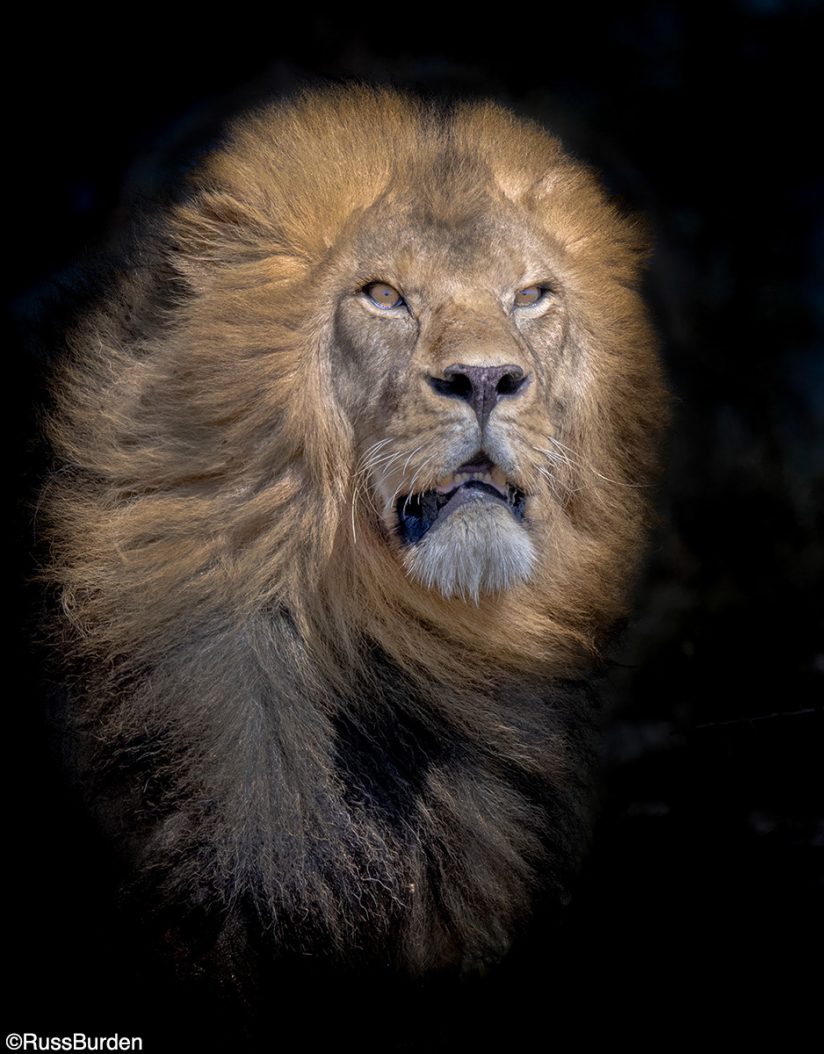
Use Shadows To Emphasize The Subject
Shadows create dark areas. When a brightly lit subject is placed against a dark background, the subject becomes more pronounced. I often look for wildlife subjects that are found in this light. The portrait of the lion is a good example to demonstrate the point. The gorgeous male was still active as I made the photo within the first 45 minutes of sunrise. He stopped his stroll in front of a shadowed area of vegetation and regally stared at the sky. I slightly enhanced the effect in Photoshop using the burn tool to fully darken the background. But even without the slight enhancement, the lion popped off the page because the shadowed backdrop and brightly lit lion naturally created the effect.
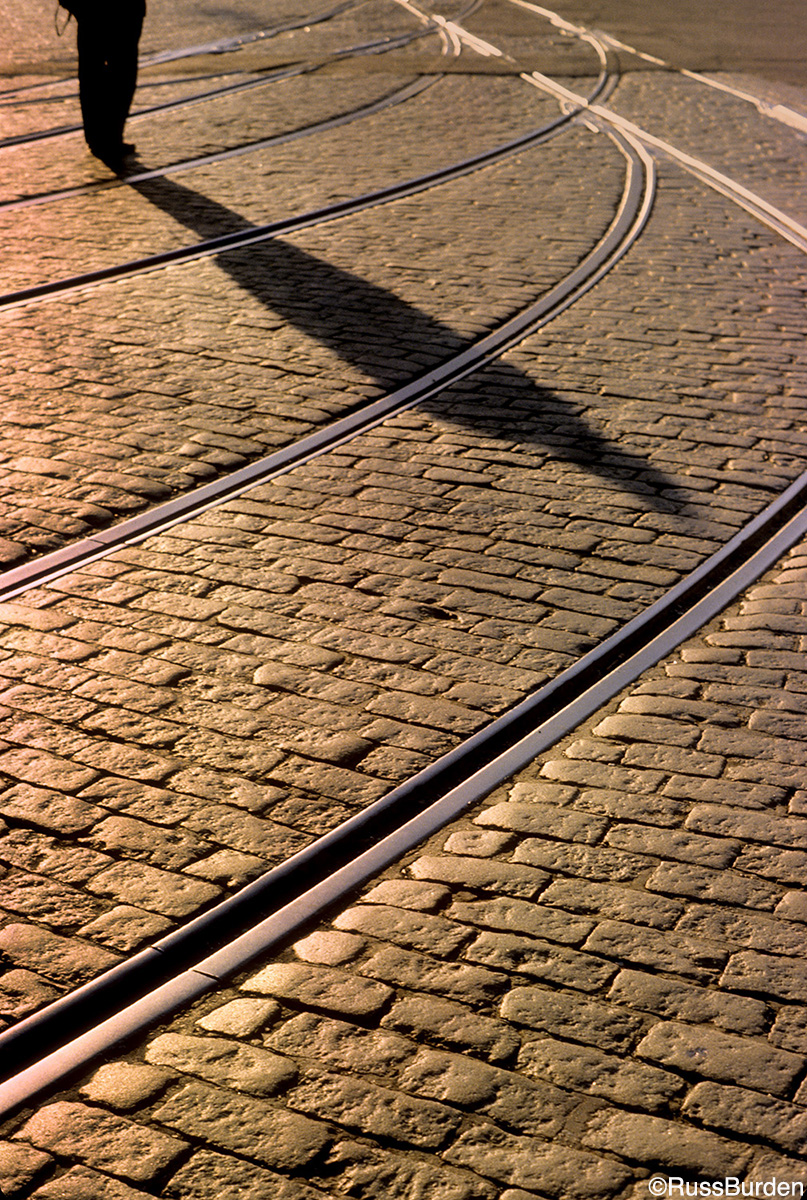
Shadows can be found in many places and in many shapes and sizes. The more you begin to notice them, the more you’ll point your lens in their direction. I often say, “It’s all about the light.” With this in mind, learn how to not only read the light, learn how to read the shadows.
To learn more about this subject, join me on a photo safari to Tanzania. Visit www.russburdenphotography.com to get more information.
The post Cast A Shadow In Your Photography appeared first on Outdoor Photographer.

